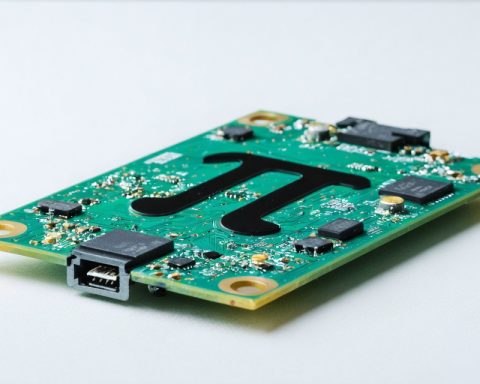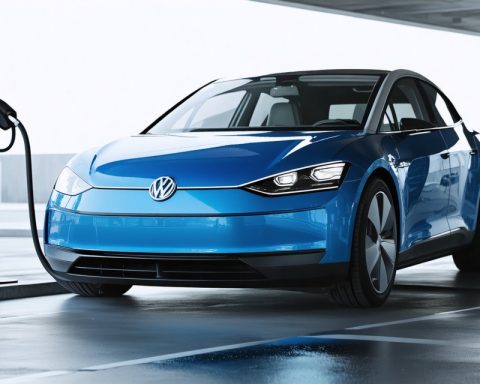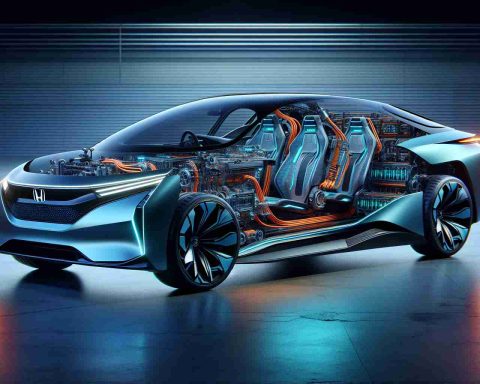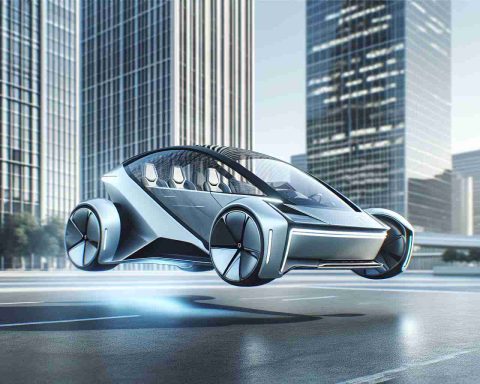- Mazda plans to invest 50 billion baht in Thailand to produce hybrid SUVs by 2027, aiming for 100,000 units annually.
- The strategy centers on the “AutoAlliance” facility, focusing on electrified small SUVs with local battery procurement and factory upgrades.
- Thailand’s goal is for 30% of car sales to be zero-emission models by 2030, creating opportunities for foreign automakers.
- Mazda faces challenges with declining local sales and high household debt impacting car loans.
- The transition period from 2025 to 2027 is crucial for Mazda’s electrification goals, involving local supplier partnerships and technology transfer.
- Thailand is envisioned as an export hub, responding to diverse energy and regulatory needs.
As the world gears up for a greener future, the sun-drenched horizons of Thailand will soon witness an exciting transformation. By 2027, Mazda plans to ignite its automotive assembly lines with the rhythmic hum of hybrid SUVs, a beacon for eco-conscious motorists across Asia. Embracing this mission, Mazda is poised to invest a staggering 50 billion baht (approximately 226 billion yen), carving a path to produce 100,000 units annually.
Amid the bustling streets of Bangkok, Mazda recently unveiled its blueprint for a bold redefinition of its manufacturing prowess. Anchoring its strategy on the “AutoAlliance” facility, Mazda envisions a sprawling hub dedicated to electrified small SUVs. This transformation isn’t just skin-deep—it’s a seismic shift, underpinned by local battery procurement and savvy factory upgrades.
In a market swayed by ambitious clean-energy policies, Thailand stands as fertile ground for Mazda’s innovation. By 2030, the Thai government aims for 30% of domestic car sales to be zero-emission models, offering foreign automakers a golden opportunity to catalyze change. Yet, the road to success is rugged, with average household debt casting a long shadow over car loans and sales figures. Mazda’s local sales plummeted 44% between April and December 2024, underscoring the complexities of this daring venture.
Despite these challenges, Mazda remains undaunted. The period from 2025 to 2027 marks Mazda’s pivotal second phase of transition toward electrification. President Masahiro Moro emphasizes strengthening ties with local suppliers and fostering technology transfer, all in pursuit of crafting a strong foundation for high-quality electric vehicle production. This visionary move positions Thailand as a vibrant export hub, poised to answer the call of diverse energy demands and regulatory landscapes.
Mazda’s Electrification Plan in Thailand: Challenges, Opportunities, and What it Means for the Future
Mazda’s Electrification Strategy: Key Steps and Insights
Mazda’s ambitious investment in Thailand is aimed at leveraging the region’s aspiration to become a significant player in sustainable energy and transportation. Here’s how Mazda is bringing its vision to life:
1. Local Production and Procurement: By focusing on local battery procurement, Mazda aims to reduce dependency on international supply chains, ensuring a more stable production line and boosting local industries.
2. Facility Upgrade: The AutoAlliance facility will undergo significant upgrades to support the production of electrified SUVs, utilizing state-of-the-art technology to produce vehicles that meet international quality standards.
3. Strengthening Supplier Relationships: By investing in local suppliers, Mazda plans to enhance the quality and reduce costs, strengthening its competitive edge in the market.
4. Workforce Development: As part of its transformation, Mazda is likely to focus on workforce training programs to ensure the necessary skills for manufacturing electric vehicles are developed locally.
Real-World Use Cases and Benefits
1. Reduced Emissions: Hybrid SUVs will contribute to reduced carbon emissions, supporting Thailand’s clean-energy goals and benefiting urban areas affected by pollution.
2. Economic Growth: The introduction of hybrid vehicle production is expected to create jobs and stimulate economic growth within local communities.
3. Consumer Savings: Hybrid vehicles often lead to lower fuel costs, providing long-term savings for consumers despite potentially higher initial prices.
Market Forecasts and Industry Trends
– Growth in EVs: Thailand’s goal for 30% of domestic car sales to be zero-emission vehicles by 2030 signifies a robust market expansion for hybrid and electric vehicles.
– Regional Export Hub: By establishing Thailand as a key manufacturing site, Mazda aims to cater to surrounding regions, increasing its market footprint across Southeast Asia.
Challenges and Controversies
– High Household Debt: The average Thai household carries significant debt, which may impact consumer ability to finance new car purchases.
– Sales Declines: Mazda’s recent 44% drop in local sales highlights existing market challenges that need to be navigated carefully to ensure the success of this venture.
– Technological Adaptation: Transitioning existing manufacturing facilities to produce new technology can pose engineering and financial challenges.
Pros and Cons Overview
Pros:
– Environmental benefit through reduced emissions.
– Economic growth with job creation.
– Technological advancement and higher skill requirements for the workforce.
Cons:
– Financial strain due to high initial investment and consumer debt levels.
– Transition period challenges impacting current sales and operations.
Actionable Recommendations for Consumers
1. Consider Hybrid Savings: Evaluate potential long-term fuel savings when purchasing a hybrid vehicle despite the possible higher upfront cost.
2. Leverage Incentives: Stay informed about government incentives for purchasing eco-friendly vehicles which can substantially reduce acquisition costs.
3. Stay Updated on Market Trends: Follow developments in EV technology and infrastructure to make informed purchasing decisions.
For further insights into the automotive industry’s shift towards sustainability, visit the Mazda official site and explore their latest news and updates.
Mazda’s investment reflects a balanced approach towards innovation and sustainability, positioning both the company and Thailand at the forefront of the eco-friendly automotive transformation. By focusing on local integration and regional export capabilities, Mazda not only aims to capture the local market but also reinforce Thailand’s role as a central player in ASEAN’s green automotive landscape.
















